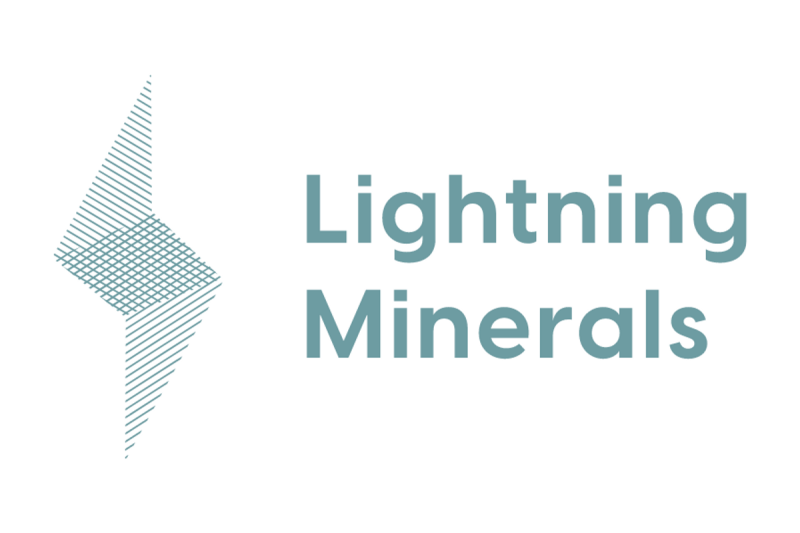Infill Soil Sampling at Dundas to Further Define Lithium Drill Targets
The growth in demand for lithium, driven predominantly by the increasing popularity of electric vehicles and renewable energy storage solutions, has led to a surge in exploration activities for this vital mineral. As part of this endeavor, infill soil sampling has emerged as a critical technique employed by mining companies to hone in on potential lithium drill targets. Dundas Lithium Project, situated in the globally renowned Greenbushes mineral field of Western Australia, is one such area where infill soil sampling is being utilized to refine drill targets and unlock the full potential of the lithium deposits present in the region.
Infill soil sampling is a systematic process that involves taking additional soil samples in between existing sample points to provide a more detailed and comprehensive understanding of the mineralization patterns within the area of interest. This technique is particularly valuable in identifying subtle variations in lithium concentrations that may have been missed by broader reconnaissance sampling methods. By collecting data at a higher resolution, infill soil sampling enables mining companies to create more accurate geological models, thereby enhancing the efficiency and success rate of subsequent drilling operations.
At the Dundas Lithium Project, infill soil sampling is being utilized to delineate specific areas with elevated lithium concentrations, pinpointing zones that are most likely to host economic deposits. The information derived from this sampling campaign will be crucial in refining the drill targets within the project area, guiding future drilling efforts towards areas with the highest potential for lithium extraction. By strategically deploying infill soil sampling, Dundas Lithium Project aims to optimize its exploration process and expedite the discovery of economically significant lithium resources.
One of the key advantages of infill soil sampling is its cost-effectiveness compared to other exploration techniques such as drilling. By conducting detailed soil sampling campaigns, mining companies can minimize the risk associated with drilling dry or unproductive holes, ultimately saving time and resources in the long run. Additionally, infill soil sampling serves as a valuable precursor to more invasive exploration methods, allowing companies to focus their drilling activities on high-priority targets identified through soil sampling.
The success of infill soil sampling at the Dundas Lithium Project highlights the importance of employing a multi-faceted approach to exploration, combining traditional geological methods with cutting-edge sampling technologies to maximize the chances of discovery. As the global demand for lithium continues to rise, the accurate delineation of drill targets through techniques like infill soil sampling will play a crucial role in ensuring the sustainable and efficient extraction of this essential mineral resource. Through ongoing innovation and exploration, mining companies like Dundas Lithium Project are paving the way towards a more sustainable and resource-responsible future, driving the growth of the lithium industry while minimizing its environmental impact.
